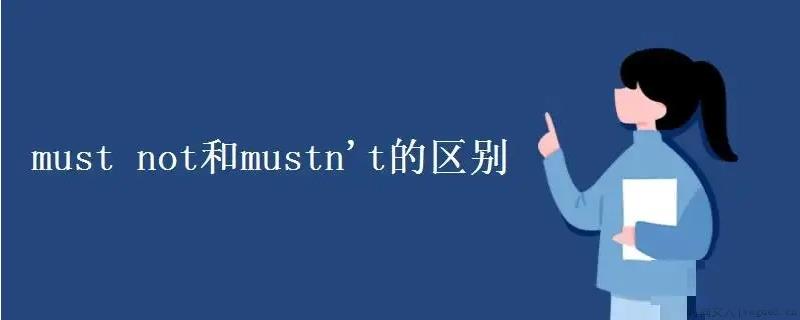must和mustnot的区别

must表示必须;must not表示禁止,是说话人强有力的劝告或命令,意为“一定要,不准”。在遇到 must 有关的句子时,首先要确定它在句中的词义,看看是“必须”,还是“一定”。
1、must作为“必须”用时,它的否定形式是mustn't,意为“禁止、不准”,比如:You mustn't take the book out of the reading room. 你不准把书带出阅览室。Everyone mustn't make a noise here. 大家不准出声。
2、第二个意思是“肯定、一定”,用来表示推测,这个时候往往是must be结构:That boy must bePaul. 那个男孩肯定是保罗。He must be mad. 他一准是疯了。
当“一定”讲,表示肯定的推测时,其否定形式是can't,我们就把以上三例改为否定句:That boy can't be Paul. 那个男孩不可能是保罗。He can't be mad. 他不可能疯了。It can't be June 5th today. 今天不可能是6月5号。He can't be mad. 他不可能疯了。
3、关于must的另一个考点是这个词引导的一般疑问句的回答,也跟其有两个含义有关。
作为“必须”的时候:Must you hand in your report today? 你的报告今天就必须交上吗?---Yes, I must. 是的,必须交上。
作为“一定”表示肯定的推测时:Must he be in the library? 他一定在图书馆吗?---Yes, he must. 是的,一定。No, he can't. 不,不可能。


